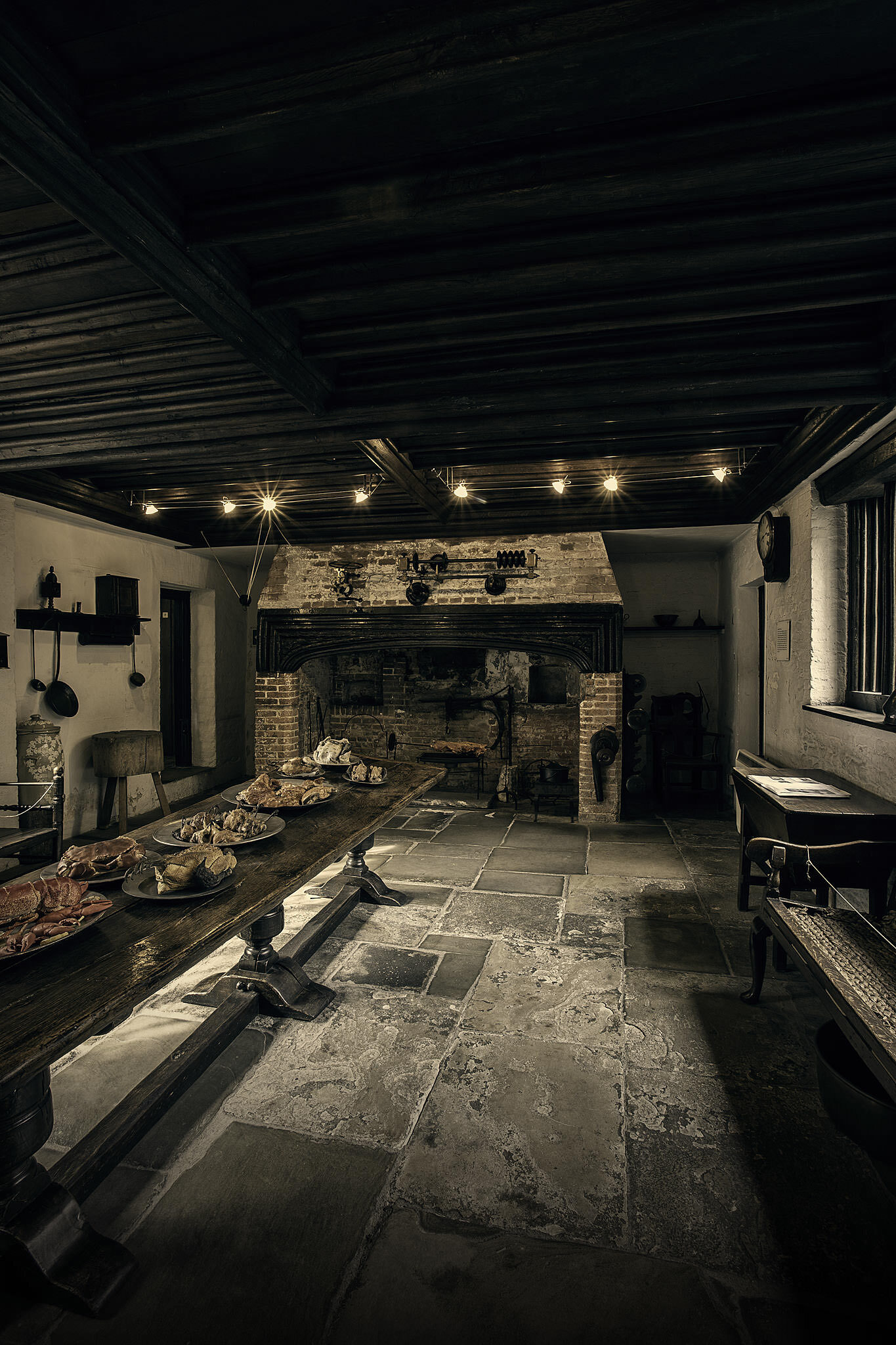Strangers Hall, Norwich, Eastern England
Strangers Hall is a wonderful and rare example of a later medieval and early Tudor house, it is of a size which is more recognisable as a home to most of us then the large castles and manors. It is also one of Norwich’s most historic buildings and has been home to many wealthy and influential citizens of Norwich since the 14th century.
The undercroft of Strangers Hall is the oldest part of the building, and dates from the early 14th Century when Ralph de Middelton owned the house. The great hall dates from the 15th Century, when William Barley who was a cloth merchant lived here. Barley completely rebuilt the house, with the exception of the undercroft. He turned the houses orientation, so that it ran next to the road where it stands today.
In the 16th Century, the house was extended again, when the Sotherton family lived here. Nicholas Sotherton was a grocer and became Mayor of Norwich in 1539, he lived at Strangers Hall with his wife Agnes. Their son Thomas became a Member of Parliament for Norwich in 1558, and was also Mayor in 1565. They installed the crown post roof and the stone oriel window in the great hall. The crown post roof, creates a stable roof through bracing in several directions. The crown post stands centrally, on the tie beam, and was used from the 13th Century. A new entrance, with its carved porch, was also added at this time.
The name of the house is interesting, and goes back to the first ‘Strangers’ who were Dutch, and Flemish refugees. They were weavers, who had left the low countries in the 16th Century because of the persecution of Dutch Calvinists by their Spanish rulers, who were brutally enforcing their Catholic beliefs. With Queen Elizabeth on the throne, England, as a Protestant country, welcomed refugees. At this point many migrants came to England, but some of these talented refugees were sought out for their skill as weavers. It was in 1565, when Thomas Sotherton was Mayor, that the city invited 30 master weavers and their households to Norwich, in order to revitalise the textile industry. This would have been around 300 people in overall. Some are thought to have either lodged at Strangers Hall, or been employed by its owner. These newcomers were referred to as strangers by the locals. By the end of the 16th Century, it is likely that the ‘strangers’ living in Norwich numbered into the thousands, and by the end of the 16th Century they made up one third of the city’s population.
Strangers Hall has changed very little since the 17th Century, when Francis Cook (a grocer), and Sir Joseph Paine (a hosier), lived here. They were both Mayors of Norwich. In 1748, Strangers Hall became the official lodging of the Assize Judges, and the Georgian Dining Room was created for them. The old windows were replaced with new deep sash windows, and the Irish glass chandelier dates from 1765. In 1797, it was bought by priests from the nearby chapel, to be used as a rectory. By the end of the 19th Century, it was derelict.
Strangers Hall is lucky to have survived, when a local builder, at the end of the 19th Century, had planned to demolish it. Like most old buildings it also found itself a saviour, by the name of Leonard Bolingbroke, who was a solicitor and member of the Norfolk Archaeological Society. Bolingbroke purchased the house and filled it with his own collection of antiques, he began to open parts of it to the public, featuring objects from daily life. He gave Strangers Hall to the City of Norwich in 1922.
Strangers Hall has been a museum since the 1930’s. Each room is staged to show life through the centuries, with the great hall being set in the late 15th Century, and may be one of the best examples of a wealthy merchant’s house in England.








